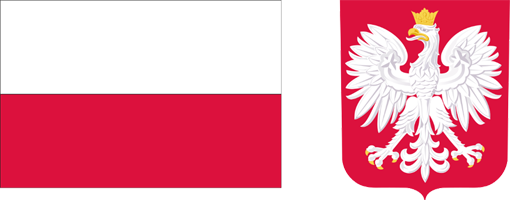Bipolar disorder in children, adolescents and young adults. Part 2. Therapeutic management. Recommendations under the patronage of the Executive Board of the Polish Psychiatric Association, National Consultants in the field of Psychiatry and National Consultants in Child and Adolescent Psychiatry
1
Specjalistyczny Psychiatryczny Zespół Opieki Zdrowotnej im. J. Babińskiego w Łodzi, Oddział Psychiatryczny dla Dzieci
2
Śląski Uniwersytet Medyczny w Katowicach, Katedra i Oddział Kliniczny Psychiatrii i Psychoterapii Wieku Rozwojowego
3
Centrum Zdrowia Dziecka i Rodziny im. Jana Pawła II w Sosnowcu Sp.z o.o.
4
Uniwersytet Medyczny im. Karola Marcinkowskiego w Poznaniu, Klinika Psychiatrii Dzieci i Młodzieży
5
Uniwersytet Jagielloński Collegium Medicum, Katedra Psychiatrii, Klinika Psychiatrii Dorosłych
6
Uniwersytet Medyczny w Łodzi, Klinika Psychiatrii Dorosłych
7
Instytut Psychiatrii i Neurologii, Klinika Psychiatrii Dzieci i Młodzieży
Submission date: 2024-05-19
Final revision date: 2024-07-19
Acceptance date: 2024-09-14
Online publication date: 2025-06-30
Publication date: 2025-06-30
Psychiatr Pol 2025;59(3):359-372
KEYWORDS
TOPICS
ABSTRACT
Bipolar disorder is characterized by recurrent episodes of depression, mania, hypomania, or mixed states. Early diagnosis and comprehensive treatment, including pharmacotherapy and psychosocial interactions, are associated with a more favorable prognosis. The general principles for the use of drugs in bipolar disorder in children and adolescents remain similar to those in adults. The basic drugs in bipolar disorder are mood stabilizers of the first and second generation; however, their efficacy and safety profile in children and adolescents differ from those in adults. In addition, prophylactic treatment is necessary to prevent recurrence. Lithium, aripiprazole, quetiapine, risperidone, olanzapine, asenapine, ziprasidone are recommended for the treatment of mania and mixed states. For the treatment of depressive episodes in bipolar disorder in children and adolescents, experts recommend lurasidone as monotherapy or olanzapine + fluoxetine as combination therapy. Although long-term treatment is a key aspect of bipolar disorder management in children and adolescents, consistent efficacy data are still lacking. Safety data indicate that the most commonly reported adverse reactions in children and adolescents treated with mood stabilizers are gastrointestinal and neurological adverse reactions, while the use of antipsychotics is mainly associated with weight gain and sedation.
Share
RELATED ARTICLE
We process personal data collected when visiting the website. The function of obtaining information about users and their behavior is carried out by voluntarily entered information in forms and saving cookies in end devices. Data, including cookies, are used to provide services, improve the user experience and to analyze the traffic in accordance with the Privacy policy. Data are also collected and processed by Google Analytics tool (more).
You can change cookies settings in your browser. Restricted use of cookies in the browser configuration may affect some functionalities of the website.
You can change cookies settings in your browser. Restricted use of cookies in the browser configuration may affect some functionalities of the website.


